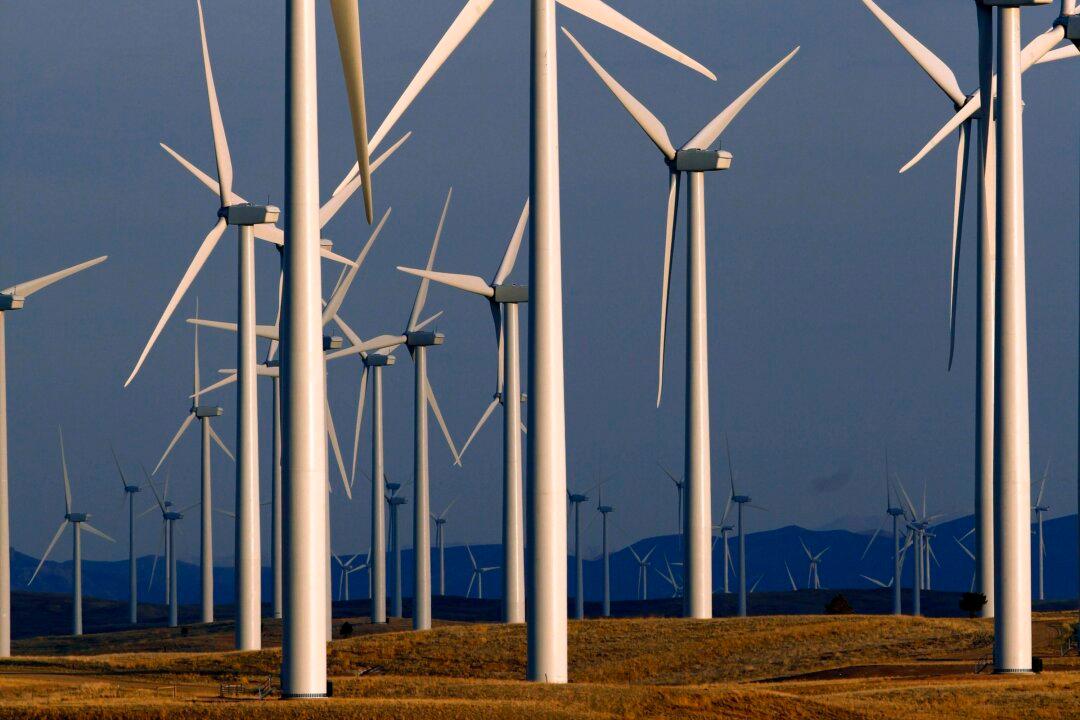A non-financial consideration in Canada’s transition to renewable energy is the large amount of land needed compared to other energy sources, like natural gas, a new Fraser Institute report says.
The report notes that while the cost of renewable sources has decreased, the challenge of land consumption—or how much space is needed for wind and solar power generation—remains an obstacle.





